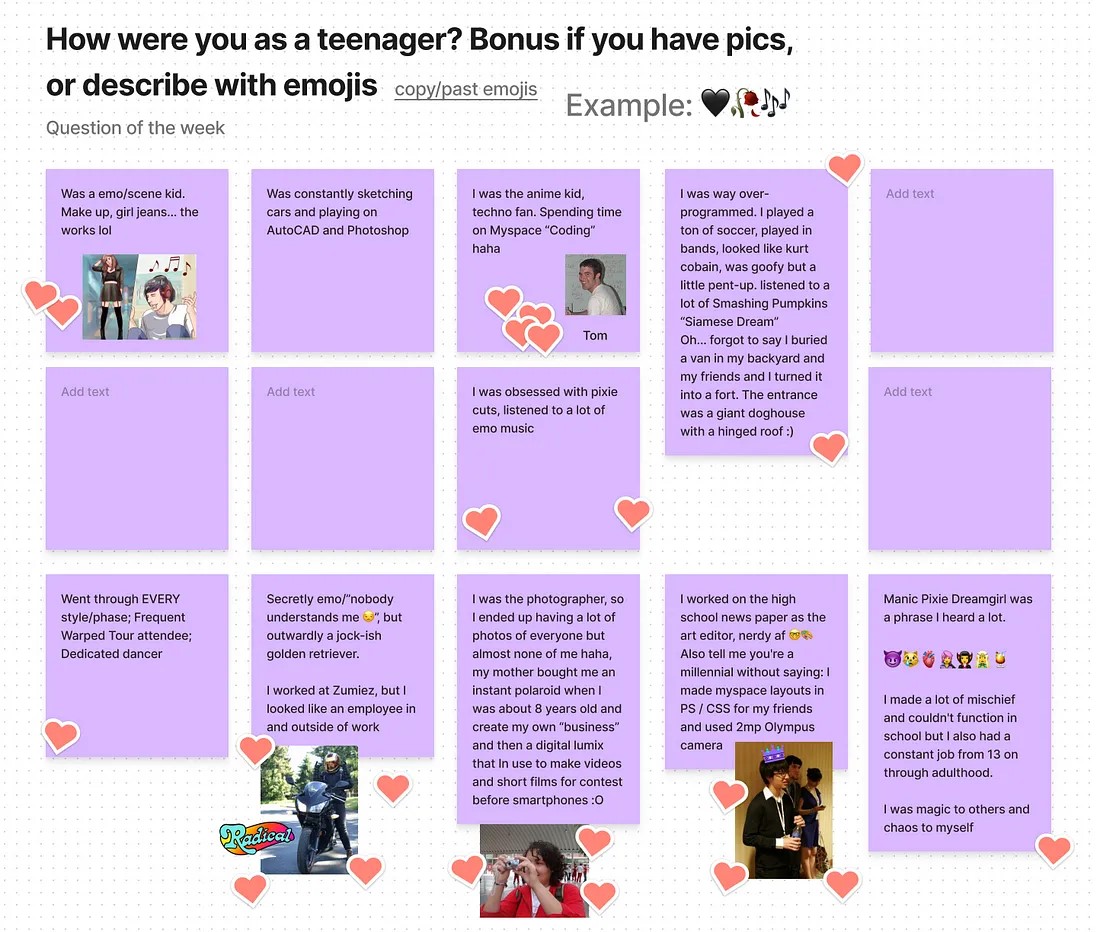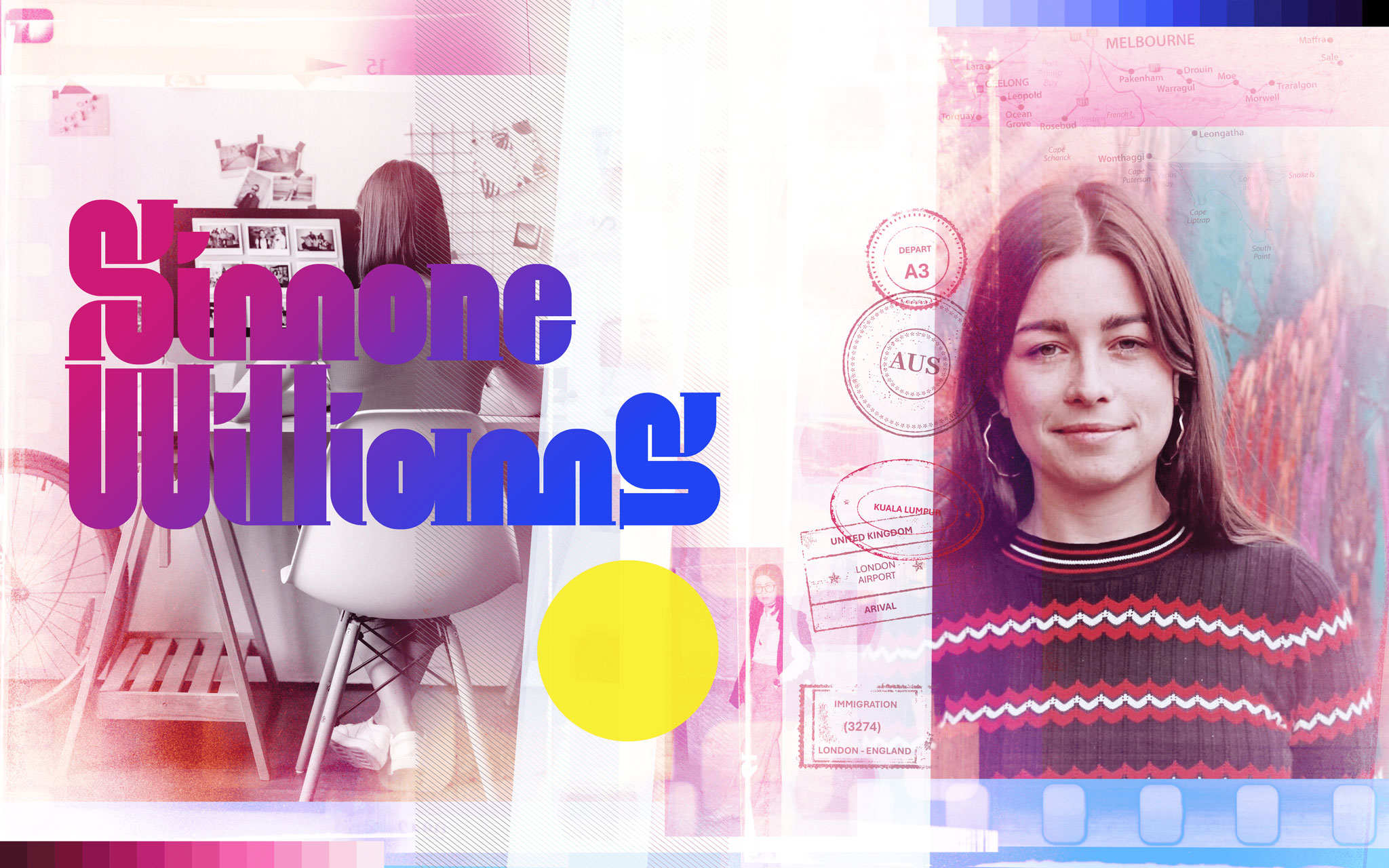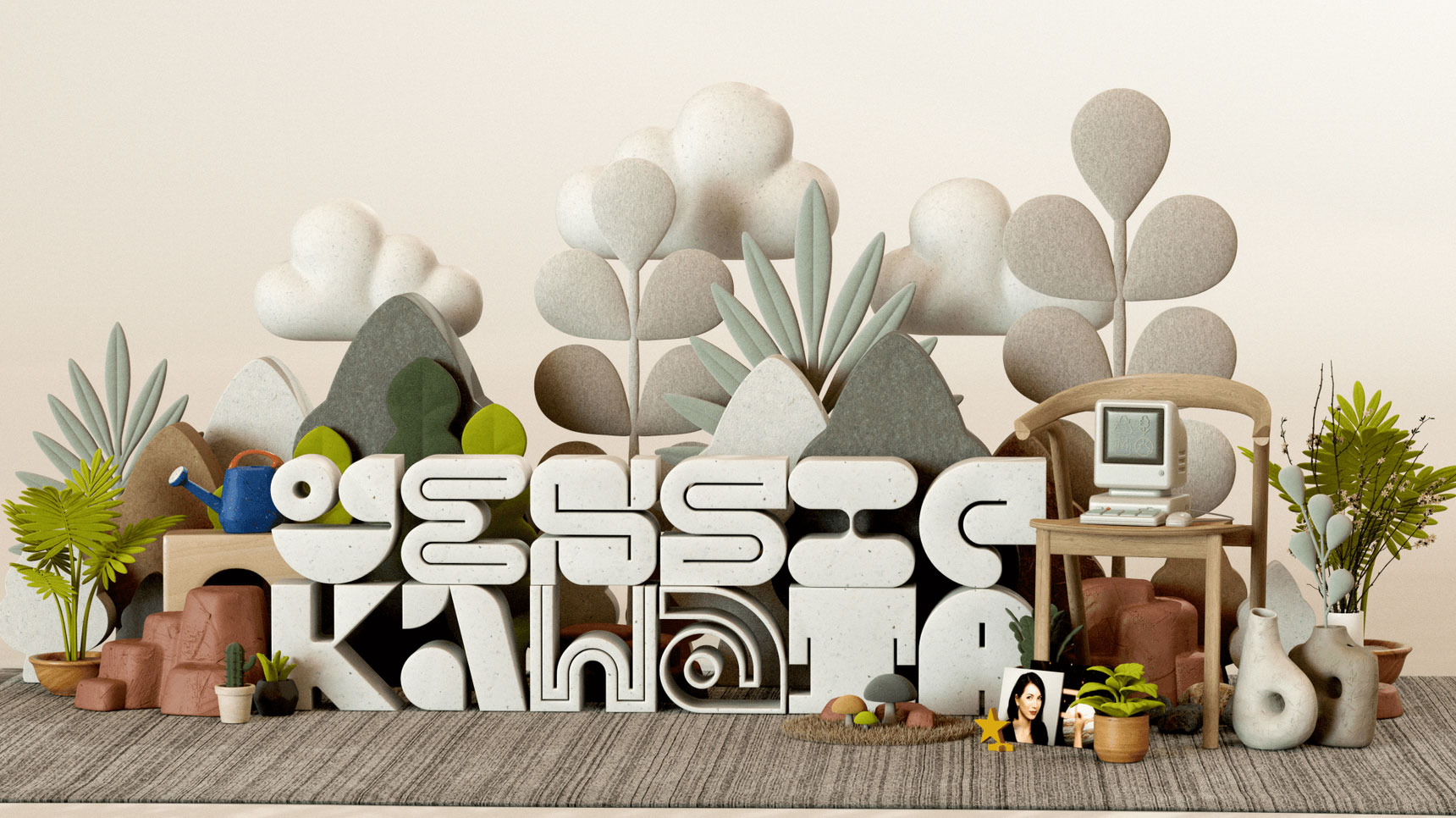Humanness in remote design culture
What I learned from a year of fostering a virtual design community

A good design culture can make you feel productive. A great design culture can make you feel a sense of belonging at work. It attracts new, creative talent and has huge effects on employee retention, happiness, and productivity. It’s more than pep-talk posters hung on pretty corporate walls, it’s humanness.
Through my myriad of work experience, having once been a shoe salesperson, a barista at a vegan coffee shop, a waiter at an Italian restaurant, a visual designer at an innovation practice, and now a Senior Product Designer at Xbox, I’ve dealt with many types of work cultures — for better or for worse.
Managers look to ensure their teams are productive, but I believe productivity comes from a sense of belonging and purpose. Given the number of recent mass layoffs across tech, human connection is paramount right now. From my experience, here are some tried and true suggestions for how to activate humanness within your design culture.
Make space for good vibes & collaboration
I once thrived on creative, in-person collaboration with my design co-workers, so going virtual in 2020 made me feel disconnected from my work community.
How could I have innovative, serendipitous brainstorming sessions that led to a sense of connection? As designers, we work in a world where imagination, planning, and critical thinking are the tools we need to do our jobs, but the inspiration that fuses them together is like a fiery hand shaking one of water. How do we recreate that — remotely? I reached a point where I was driven to create more opportunities for organic behavior between my remote co-workers. The first step was research gathering. I took it upon myself to reach out to peers and ask how being newly remote affected them.
Here’s how employees responded to going remote so suddenly:
“I feel like I’m working in a silo.”
“My manager knows what I’m doing, but does anyone else?”
“New employees and new voices aren’t usually recognized while established employees dominate meetings.”
This told me I wasn’t alone in how I was feeling, it was simply a side effect of suddenly going remote. From that, I started Design Co-Op, an internal Teams channel or an opt-in sync for all Xbox designers to share work, retro our week, and connect every Friday morning. Run by and made for individual contributors and non-managers, the channel is designed to grow and evolve with our needs.

We simply jump into our Teams video chat and open our FigJam to simultaneously contribute to the Weekly Retro. The host — which rotates based on availability — starts an 8-minute timer and background music. Did I mention these features are already integrated into FigJam? *Chef’s kiss*. During these 8 minutes, we fill out the question of the week, what went well, and what could’ve gone better with sticky notes.

Friday Retros gives us time to reflect on the week we’ve had at work (or in our personal lives). Afterward, we can opt to verbally chat about what we wrote to self-promote and to promote others or discuss what could have gone better and how. It’s a great way to wrap up our week while getting to know each other organically.

The second half of Design Co-op is space for designers to brainstorm UX for a project they’re working on or simply a top-of-mind conversation topic. These items widely vary and are highly encouraged so it remains a flexible space.
Measuring good vibes in work culture is tricky. But I had a few things in mind that determined the success of Design Co-op — how many people showed up to Design Co-op per session? How many of those people actually interacted with others (whether verbally or in text chat), along with continuous feedback of what folks were getting out of Design Co-op?
How it’s going:
“Design Co-op is a safe space to share and collaborate my ideas with team members I may not have the chance to interact with formally. It creates a unique space for innovative ideas to develop and unexpected relationships to form.”
“[Design Co-op] has made it easy and natural to get to know everyone on a more personal level. It helps me understand who is on what team, knowing who to go to for feedback, and connecting everyone from various teams — building a solid design community.”
“Simple things matter tons. [Design Co-op] is a space where you feel heard and matter.”
Culture is what produces our products and leads to more innovation. I’m proud of this space that we’ve created because we can’t empower the world if we’re not empowered ourselves.

Leverage async communication channels
People need time to focus or process information at their own pace. So, it’s vital to have channels for asynchronous connection and innovation for employees to tap into when it’s convenient for them. Junior and seasoned employees alike can plug in and collaborate seamlessly in apps like Teams. To help foster a vibrant remote culture, managers should incentivize workers to use those channels and make them part of the onboarding process. Async channels are also a great place to self-promote (Hey! I shipped this thing.) and uplift others (Whoa! They shipped that thing.) for more visibility across the org. I’m excited to see how we’ll continue to evolve and improve Design Co-op as it matures.
For me, creating additional space to share and celebrate together was a simple and effective step toward elevating humanness at work — and I know others reading this have taken steps of their own.
What’s worked for you to bring more humanness to a remote design culture?
Read more
To stay in the know with Microsoft Design, follow us on Twitter and Instagram, or join our Windows or Office Insider program. And if you are interested in working with us at Microsoft, head over to aka.ms/DesignCareers.


Why designers shouldn’t always be designers
A Content Designer from Microsoft Clipchamp tells her story

Design as an earthling
Connecting the outer worlds of our environment to the inner world of self